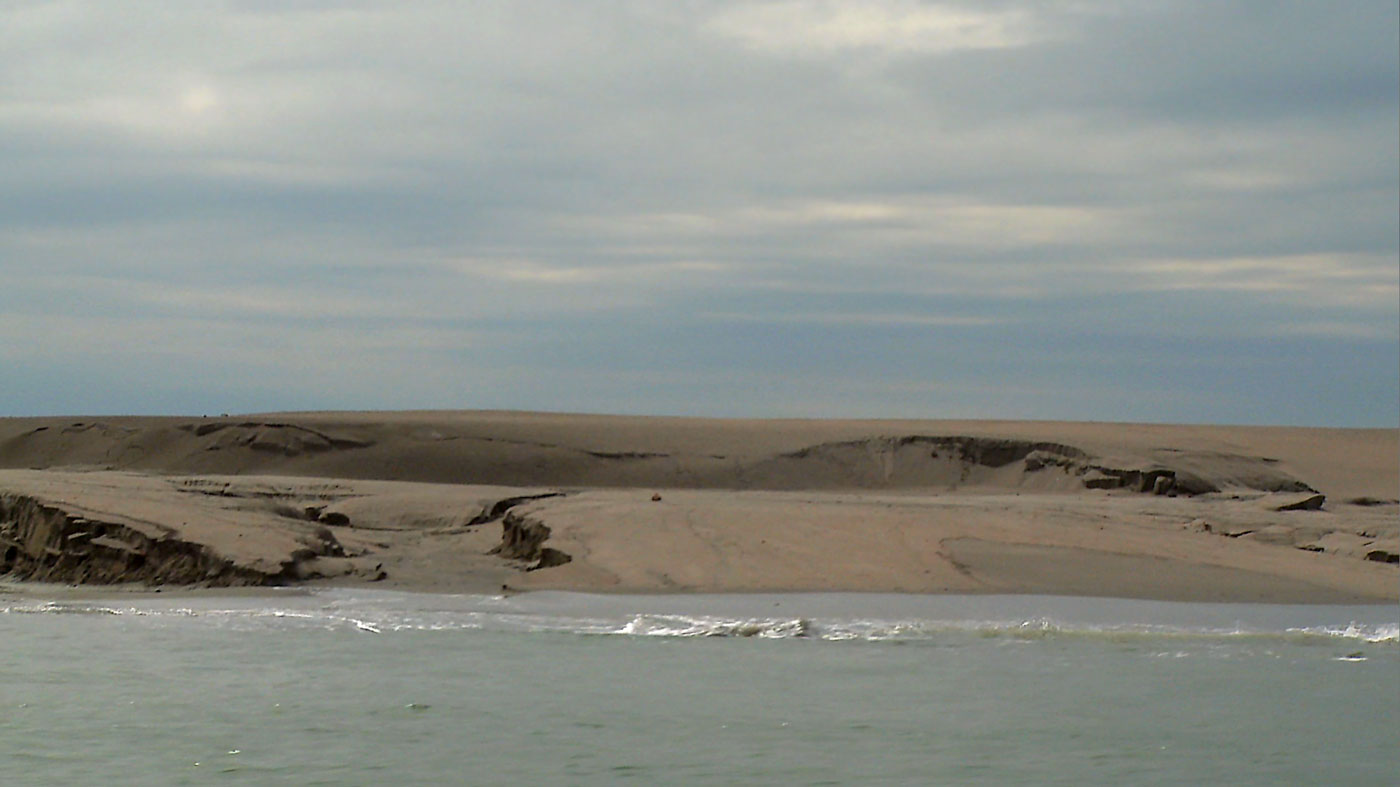Film Installation
2010
Surviving New Land is a film shot from a vessel that slowly circumnavigated the Maasvlakte 2 island, thus adopting the point of view of an explorer about to set foot on undiscovered territory. The image – reminiscent of the watercolor impressions Dutch explorers made of the coastlines they encountered – shows the sea washing up on virgin land. But the accompanying soundtrack suggests that the very idea of undiscovered land, or a blank zone on a map waiting to be filled in, is a particular cultural fiction. The soundtrack is composed of clips from various feature films, which all tell tales of Westerners arriving in the ‘new land’. Underscored by gripping orchestral music, the clips dramatize the excitement of imminent discovery, as well as the despair of marooned expeditions. ‘New land’ is imagined either as a place of opportunity or of fiasco.
That fantasies of new territory and ever-expanding opportunities for financial exploitation may strand is ironically confirmed by the fact that the contractors for the Maasvlakte are also responsible for the extravagant ‘countries of the world’ islands project near Dubai, which the recent credit crisis has left largely empty and unsustainable.
Context: June 2009. At this stage, the new land rising from the sea between the Rotterdam harbor and the North Sea can only be approached by boat. No foot has been set on this land. If one would try, one would simply sink into quicksand. In a way, there is no land yet; the territory has not acquired firm contours. But its unformed potential appears to provide enough of a solid ground to attract investors. The reclaimed land should enable Rotterdam Harbour to re-claim a leading global position, becoming one of the two only ports that can handle the giant ‘Chinamax’ ships, which will carry massive bulk to the world’s fastest-growing economy as of 2013. Though no longer an economic superpower itself, the Netherlands is eager to ensure they have a stake in those economies expected to be the superpowers of the coming centuries.
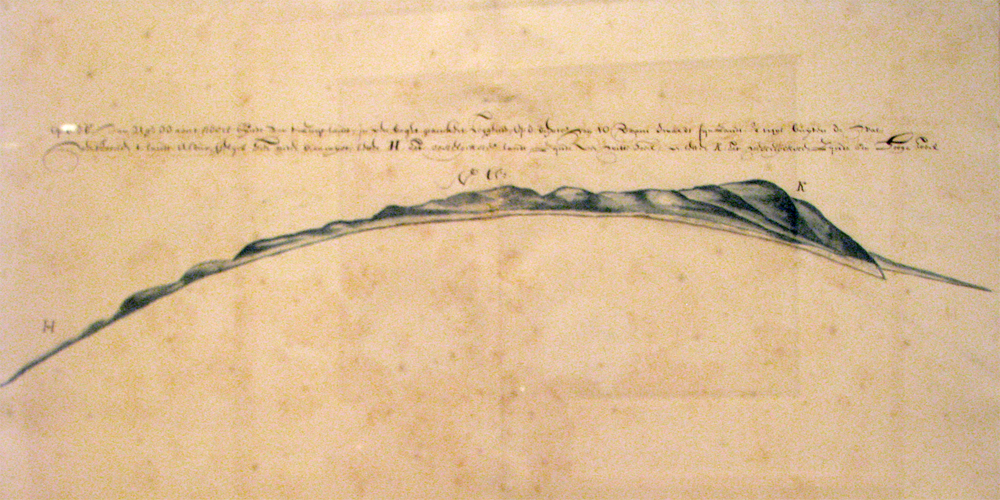 Coastal Profiles made by Dutch maritime illustrators, 17th century
Coastal Profiles made by Dutch maritime illustrators, 17th century
The entrepreneurial spirit of the Dutch that is eagerly manifested here harks back to the seventeenth century when the Dutch Empire became one of the major seafaring powers and the first capitalist economy. Dutch explorers traveled as far as North America, the Caribbean, Brazil, the African West Coast, South Africa, Ceylon, the East Indies, Australia, New Zealand, and Tasmania, establishing trading posts and colonies. By 1650, the Dutch owned 16,000 merchant ships.
The expeditions went hand in hand with the mapping of ‘undiscovered’ land and the navigational routes on the way. These maps not only described a world that had not been charted in an encyclopedic sense before. The topologic of mapping also implied a rewriting, which denied the heterogeneity of societies, cultures, and ecologies already present. Maps made the place into an abstraction, giving it a uniform surface and calculable contours, enabling the imagination of empty space available for occupation. The renaming of land and its representation on a map were the first acts of claiming power over it.
Surviving New Land
Duration: 20:26 minutes
Format 19:6, Full HD
Directed by: Marjolijn Dijkman
Camera: David Gabriël Djindjikhachvili
Editor: Allard Zoetman
Sound Editing: Marjolijn Dijkman / Harmen van Eersel (Visual Music)
Produced for Portscapes
Commissioned by Port of Rotterdam Authority
Adviced by SKOR, Amsterdam
Curated by Latitudes, Barcelona
Thanks to: Maarten Vanden Eynde, Bas Helbers, Max Andrews / Mariana Cánepa Luna (Latitudes), Theo Tegelaers, Ria Haagsma / Sjaak Poppe (Port of Rotterdam Authority), Maarten Roeper / Etienne Koman (PUMA), Joep Verhoeven, Nikolai Geworg Khatchatouryan, Henk Hendriksen.
Surviving New Land, online preview
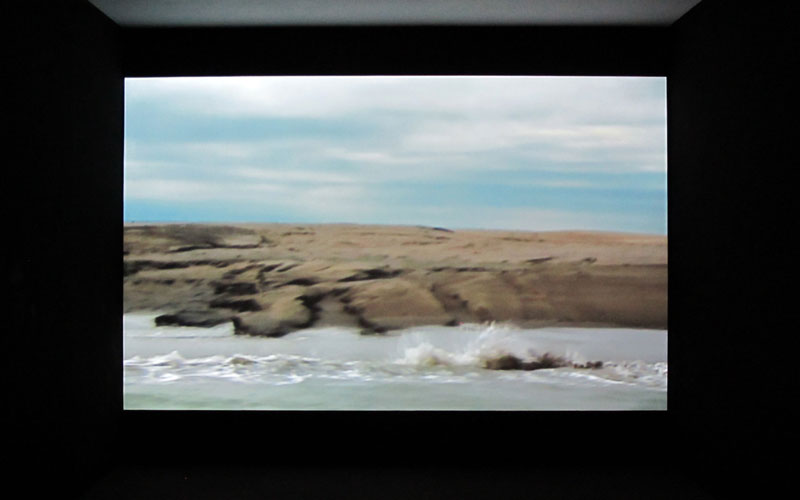
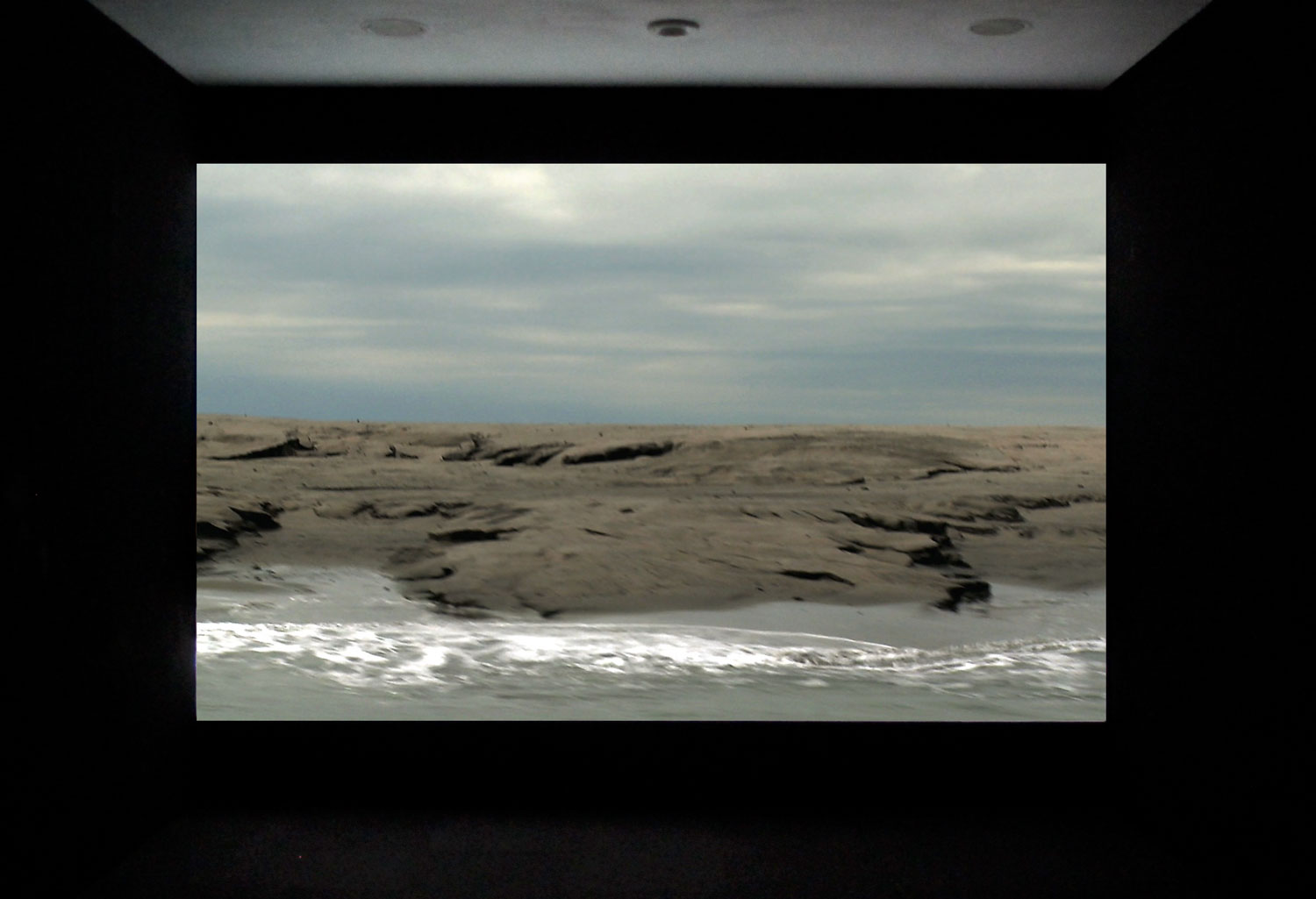
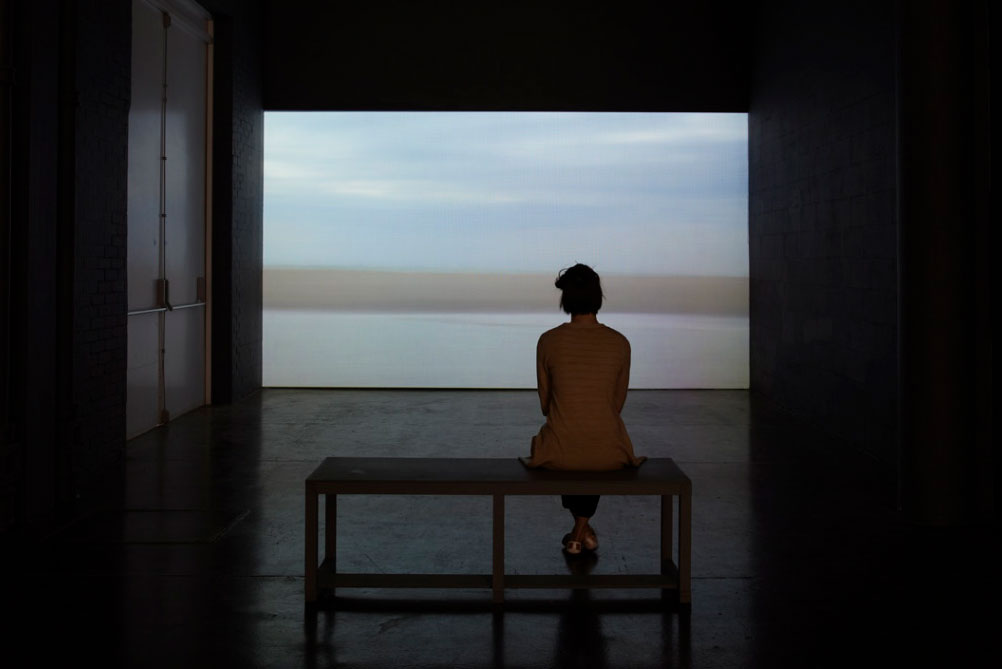
I did not know in what land I had been cast, in what country, among what nation, nor whether I would endure a single night here, let alone a week or a month … (quote from Surviving New Land)
